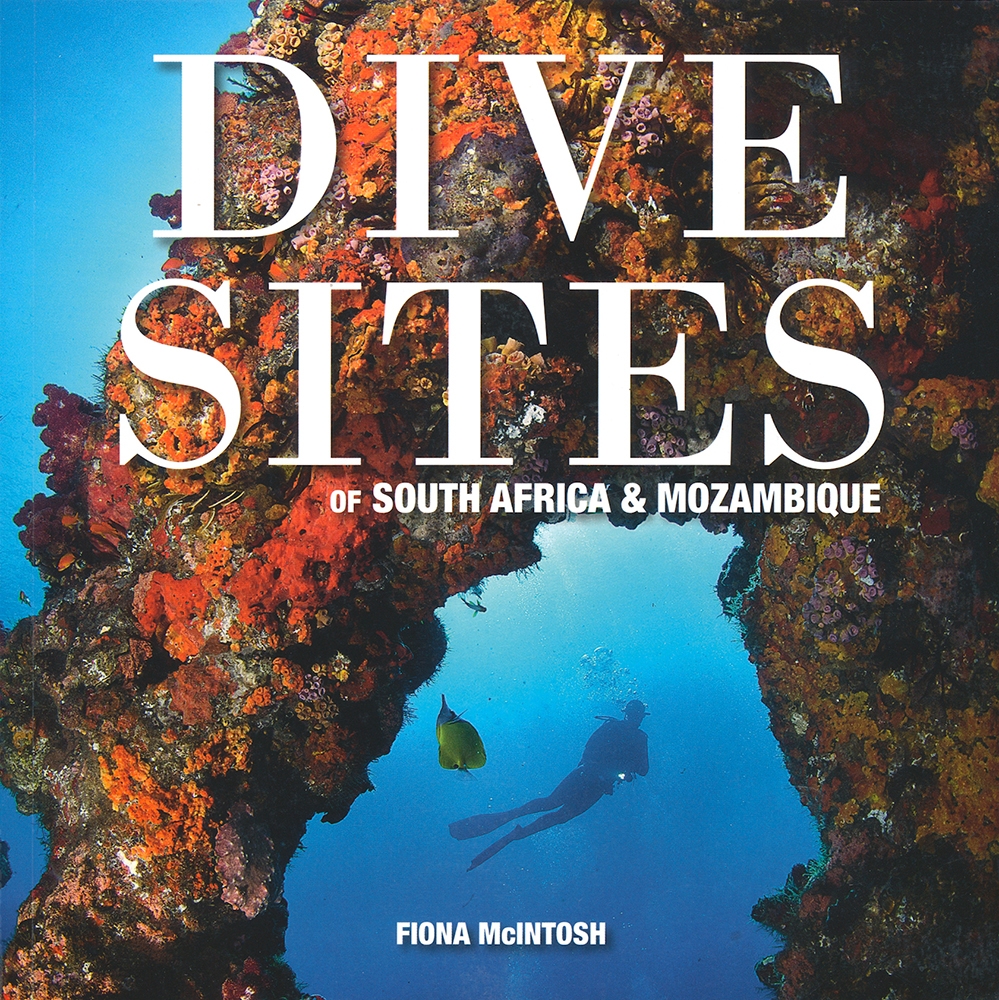Kirstenbosch: The most beautiful garden in Africa, by Brian J. Huntley

Kirstenbosch: The most beautiful garden in Africa, by Brian J. Huntley. Randomhouse Struik Nature, Cape Town 2012. ISBN 9781431701179 / ISBN 978-1-4317-0117-9

Captions from the book: Kirstenbosch. The most beautiful garden in Africa. Author: Brian J. Huntley. ISBN 9781431701179
With a finely crafted text by acclaimed conservationist Brian Huntley, and lavishly illustrated with photographs and artworks that tell the history and reflect the beauty of the most beautiful garden in South Africa, this is a quality memento for visitors to Kirstenbosch and a cherished keepsake for the many thousands of locals who flock there annually.
The Kirstenbosch story
The Kirstenbosch story has been frequently related. It is a tale of conflicts between Dutch settlers and Khoikhoi pastoralists in the 1 Th century, of failed attempts to protect the forests of the mountain ravines during the 18"' century and of the struggles of the Cape's leading botanists to establish a botanical garden on the site of the old Company Garden during the mid- 19th century. But the story of Kirstenbosch really begins with the dynamic leadership of Harold Pearson, the person who so comprehensively articulated a vision for a modern, uniquely South African institution during the early days of the 20th century. Henry Harold Welch Pearson's vision, spelt out in his address to the South African Association for the Advancement of Science in 1910, provides a lasting framework for what developed into an institution of global significance. His thinking, and that of the many great personalities that guided the development of the botanical sciences and, ultimately, the biodiversity conservation agenda of the country, underpins much of the Kirstenbosch story as presented here. This narrative begins with an account of the fortuitous selection of the site of the new garden - 'this is the place'. The decision, once made, was never regretted. The excellent choice of site was followed by superb choices in the leadership of the project - Pearson, Mathews, Compton: all professionals of the highest quality, supported by the most eminent figures in politics, business and society. The early years of the Garden, described in chapter 2, reflect the sociopolitical construct of the time, building on a colonial, Victorian legacy byt also moving forward to the ultimate incorporation of the developmental agenda of post-1994 South Africa. The distinctive setting of Kirstenbosch, at the epicentre of the Cape Floral Kingdom, and in one of the world's 'hottest hot spots' of biodiversity, provided the Garden's champions with a unique opportunity to present to the public the spectacular beauty and diversity of our flora. This richness of species, its evolutionary origins, and the challenges of threats to its survival in a rapidly changing landscape, are described in chapter 3. The Cape of Good Hope emerged during the late 18th century as the destination of choice among botanical explorers of the age. 'Hie long tradition of botanical exploration by these intrepid men of the Enlightenment -'searchers after truth' - has been fundamental to the strength of South Africa's botanical sciences. Chapter 4 provides a brief account of the heroes of South African botany, from the 17lh century to the present day. The dramatic sociopolitical changes resulting from the advent of democracy in South Africa in 1994 introduced new opportunities for change in Kirstenbosch. Chapter 5 describes the impetus given to the Garden's development by a new 'business model', a new political landscape, and the role of partnerships in securing the funding needed for major capital developments. In chapters 6 and 7, the core business of Kirstenbosch is presented - plant display, horticulture, conservation, and landscape design. The special environmental conditions of the Garden's position on the east-facing slopes of Table Mountain, its soils, microclimate and topography, all offered the opportunity for a Garden of stunning visual impact. The richness and vulnerability of the Cape Floral Kingdom give the Garden's skilled horticulturists and botanists unusual technical and intellectual challenges, met with great success - and occasional failure. (...)
This is an excerpt from the book: Kirstenbosch: The most beautiful garden in Africa, by Brian J. Huntley.
Title: Kirstenbosch
Subtitle: The most beautiful garden in Africa
Author: Brian J. Huntley
Randomhouse Struik, Cape Town 2012
Imprint: Nature
ISBN 9781431701179 / ISBN 978-1-4317-0117-9
Hardcover, dustjacket, 24 x 27 cm, 240 pages, throughout colour photos
Huntley, Brian J. im Namibiana-Buchangebot
Kirstenbosch: The most beautiful garden in Africa
Finely crafted text and lavishly illustrated with photographs and artworks tells history of Kirstenbosch, the most beautiful garden in Africa.
Weitere Buchempfehlungen
Kirstenbosch Birds and Other Wildlife
Kirstenbosch Birds and Other Wildlife is a compact guide to the birds and other wildlife of the National Botanical Garden at Kirstenbosch, South Africa.
Kirstenbosch - beyond words
Kirstenbosch beyond words is a magnificent book with the most exquisite photographs
Kirstenbosch: A visitor's guide
A colourful and highly informative visitor's guide to South Africa's extraordinary park, Kirstenbosch.
Atlas of Dive Sites of South Africa & Mozambique (MapStudio)
The Atlas of Dive Sites of South Africa and Mozambique is a comprehensive guide to some of the top dive spots in Southern Africa.
Shaping Kruger: The Dynamics of Managing Wildlife in Africa's Premier Game Park
Shaping Kruger: The Dynamics of Managing Wildlife in Africa's Premier Game Park provides fascinating insight into the lives, habits and behaviour of the larger animals that significantly affect the workings of the park.
Animals of the Pilanesberg: An Identification Guide
The aim of this identification guide is introduce this rich diversity of the animals of the Pilanesberg.







